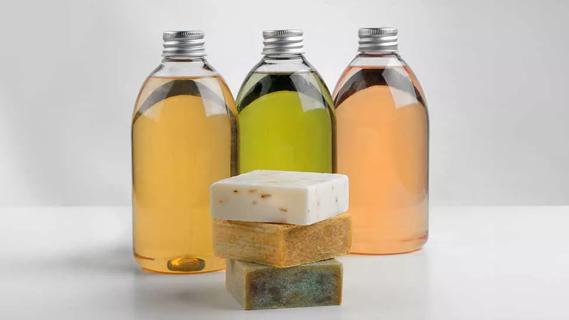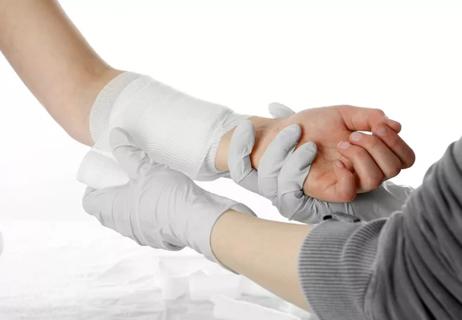Quick action and proper care can make a big difference

Accidents happen all the time, from your child’s latest boo-boo to a co-worker’s on-the-job injury to slicing your finger while chopping veggies, so knowing how to stop the bleeding is key.
Advertisement
Cleveland Clinic is a non-profit academic medical center. Advertising on our site helps support our mission. We do not endorse non-Cleveland Clinic products or services. Policy
Emergency medicine physician Baruch Fertel, MD, shares first-aid tips on how to treat a cut.
Small cuts are minor injuries that typically stop bleeding on their own or after a few minutes of direct pressure. They don’t go any deeper than the skin, and there’s no substantial blood loss.
“There’s a big difference between a paper cut that doesn’t stop oozing for 15 minutes versus a serious wound that’s constantly pouring out a lot of blood,” Dr. Fertel says. “Sometimes that small cut just needs some patience”
Small cuts are annoying and painful, but fortunately, they’re not dangerous, and you can treat them at home. Dr. Fertel shares the steps to take with a small cut.
Place clean gauze or cloth on the wound and apply direct pressure. For stubborn small bleeds, you may need to hold pressure for 15 minutes without interruption to allow a clot to form.
If the cut is on your legs or arms, elevate the limb above heart level to slow the blood flow. Keep putting direct pressure on the cut.
When the wound stops bleeding, release the pressure. Wash the area with soap and water to prevent infection. Be gentle to avoid re-opening the wound.
Apply a bandage to protect the area. “Simple soap and water and a bandage do the job of keeping the cut clean and protected,” Dr. Fertel explains. “I’m not a fan of using anything else such as hydrogen peroxide, alcohol or antibiotic cream.”
Advertisement
Dr. Fertel says a deep cut is any wound that’s gaping, jagged and looks deep, revealing fat or muscle. Even if you can stop the bleeding, a doctor should examine a deep cut because it may need stitches or other advanced wound closure.
But it’s often difficult to stop the bleeding of a deep cut, and uncontrolled bleeding from a deep or large cut is a very serious situation. Call 911 if you experience:
If a first-aid kit is available, look for these items designed to stop intense bleeding:
A scab — a patch of crusty, tough tissue — typically forms during the healing process, creating a protective shield over the wound. Eventually, the scab falls off to reveal healthy, shiny skin, and you feel as good as new — just another day on the job for the incredible human body.
Sometimes, though, infection sets in before a scab can form. Seek medical attention if you notice signs of infection, including:
The healing process takes about three weeks, but the first step is crucial. Knowing how to properly care for a cut following injury could save someone’s life. And correctly treating small cuts helps prevent infection.
Advertisement
Learn more about our editorial process.
Advertisement

This olive oil-based soap is generally mild and safe when diluted

Cut up foods into small pieces and make sure you sit down and focus during meals

Protein, iron, zinc and vitamins A and C can all help your wounds heal quickly and well

The short answer from a plastic surgeon

Three common causes of chronic wounds

When disasters or emergencies happen, make sure your family is prepared

Most recommended precautions center around minimizing bruising or swelling

Type 2 diabetes isn’t inevitable with these dietary changes

Applying a hot or cold compress can help with pain